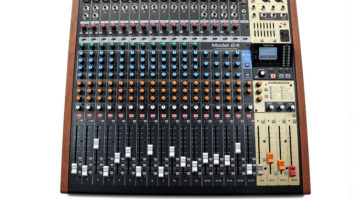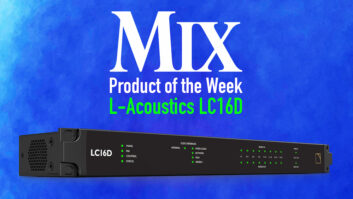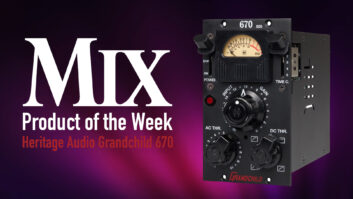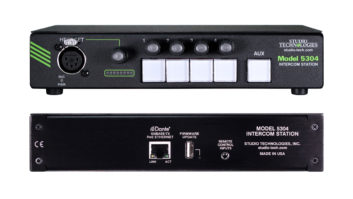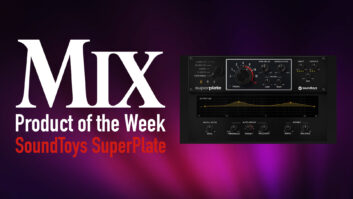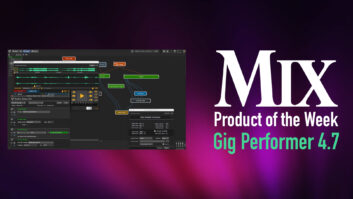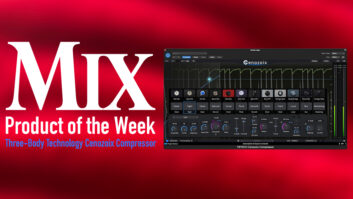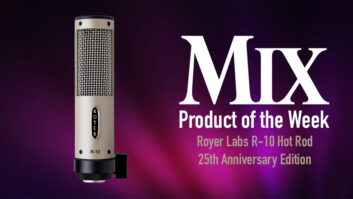If you’re old enough to remember the TASCAM Portastudio, you’re sure to get a pang of nostalgia when you see the new TASCAM Model 24. While it may have an old-school look, its functionality is thoroughly modern and remarkably versatile. I recently received a review unit and have just started checking it out, so I thought I’d give you a quick preview.
Model 24 handles the functions of three different pieces of hardware in one: mixer, multitrack recorder and USB audio interface (Mac/PC). As a mixer, it provides 22 input channels with 100mm faders. Twelve of the channels are mono, and five are stereo. You get 16 XLR inputs (you can use all but one of the stereo channels as mono inputs), 12 ¼-inch balanced mono line inputs, and four stereo pairs of ¼-inch line inputs.
Each channel has a one-knob compressor that can be used for input only. Channel EQ consists of single controls for the low and high bands, and frequency and boost/cut for the midrange. You also get a send for the built-in effects processor, two separate monitor sends and the ability to route signal to a separate sub-bus with its own output. A global 7-band graphic EQ can be assigned to either the mains or monitors.
Read more Product of the Week: Sanken CU-31, CU-32 Mics.
The Model 24 can also record 24 tracks directly to an SD card at up to 24-bit/48kHz quality. But wait, you’re thinking, it only has 22 inputs, so why isn’t it a 22-track recorder? The answer is that you can mix down to a stereo track, which accounts for tracks 23 and 24. You can also transfer the individual WAV files from the recorder to your computer, should you want to continue the project in your DAW.
As a USB interface, Model 24 offers 22 inputs and 24 outputs. You can use its mic preamps and input channels to record directly into your computer, which means you could record 16 simultaneous tracks into your DAW. It even streams audio from your phone or other Bluetooth device, which is handy for playing break music at gigs or for listening to songs you’re learning at a rehearsal.
Of course, there’s no reason you can’t combine some of the functionality. A band could use the Model 24 as a P.A. mixer while recording every show to the SD recorder. Or use it as a recording mixer and audio interface in the studio. Considering its versatility, the unit is pretty compact, with dimensions of roughly 22″W x 20″D x 4″H. At 22 pounds, it’s relatively lightweight, too.
I’ve never been one who particularly misses the tactile experience of real faders and knobs. To me, mixing with a mouse is a fair tradeoff for the incredible power you get from a DAW—I especially love the automation and recall aspects. Nevertheless, there’s something cool about having an actual mixer in my studio again, even if it’s just for a month or two. I’ve only brushed the surface with it so far, but I’ll be giving it a thorough test drive and will report back via a review in the pages of Mix early in the new year.
